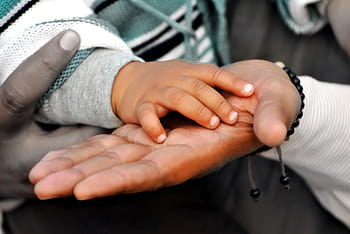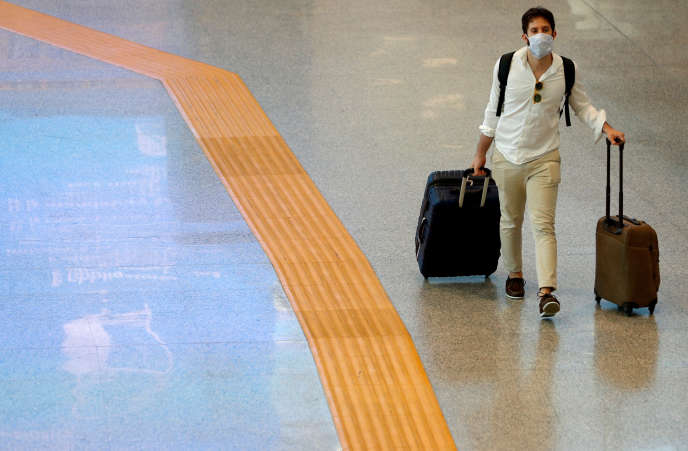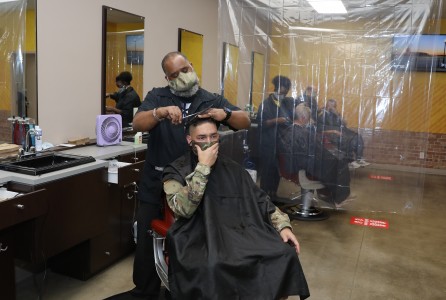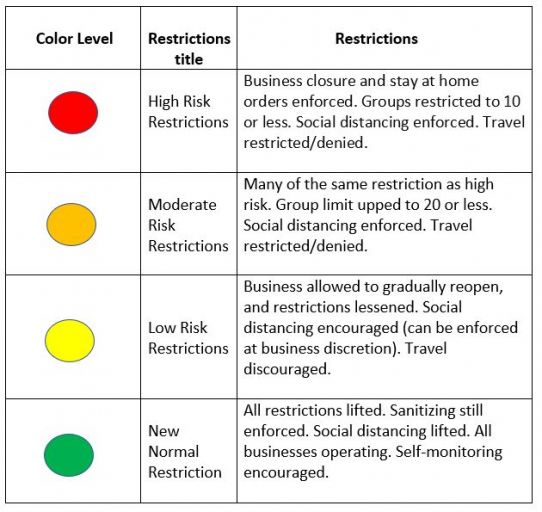A vaccine is a type of medicine someone receives at different points in their life to prevent them from getting sick from a specific disease. Some vaccines are only done as a child such as chickenpox, polio, and the MMR which covers measles and mumps. Other vaccines such as the tetanus are given boosters every few years and some such as the flu shot are done every year. Diseases started around the 1600s so vaccines have been around for a long time. There are many pros and cons to vaccines but they also work in a way some people may not understand.
Diseases such as smallpox, polio, and measles have been around since the late 1600s and killed a record number of people. It wasn’t until the early 1800s though, until vaccines started to be studied and it took 1885 for real change to be made. After the rabies vaccine was created many more followed. The World Health Organization says that each virus contains a pathogen and your body makes antigens to defeat that specific pathogen. After the antigen is created, your body works with the immune system to destroy it completely. Vaccines contain a weakened version of an antigen so it prompts the immune system to fight the virus or disease. Some people are not able to be vaccinated so herd immunity helps those who can’t. Herd immunity is when such a large group of people are vaccinated, the pathogen struggles to infect anyone. This means that if five people can’t get vaccinated but fifty people can, those five people can be protected because of herd immunity.
Getting vaccinated has many benefits to not only people receiving them but the people around them as well. Research done by https://vaccines.procon.org/ shows ten pros to vaccines starting with how they save more than 2.5 million children each year. Since vaccines also come from organizations such as WHO, FDA, and the CDC, we can hope that they are reliable and all ingredients are safe. Herd immunity not only protects the people someone interacts with today but the vaccines people receive today also help future generations because they could eradicate any virus or disease completely. Vaccines are also beneficial to an individual and the overall economy. Getting vaccinated is cheaper than the potential cost of staying home sick, paying for medication, and doctor’s visits. The CDC also estimated that between 1994 and 2014 $1.38 trillion dollars were saved from providing benefits such as disability and early deaths because people got vaccinated.
Just like everything in the world, vaccinations also have some downsides. The CDC states that while it is a rare occurrence, vaccines can cause an allergic reaction, which can be life-threatening. According to research done by https://vaccines.procon.org/ some people, including doctors, also believe that certain ingredients can cause autism in children and that medical decisions such as getting vaccinated should be a personal choice. The same people also believe the organizations such as the CDC should not be trusted, and that vaccines are unnatural.
Vaccines have become a controversial topic over the past few years, especially with doctors supporting some claims that they should not be used. Vaccines have been around for centuries and new research is being done every day. They work by giving your body the ability by an advantage of having an antigen for the disease before someone contracts it. The best thing someone could do is do credible research and talk to their doctor about what options they have.








